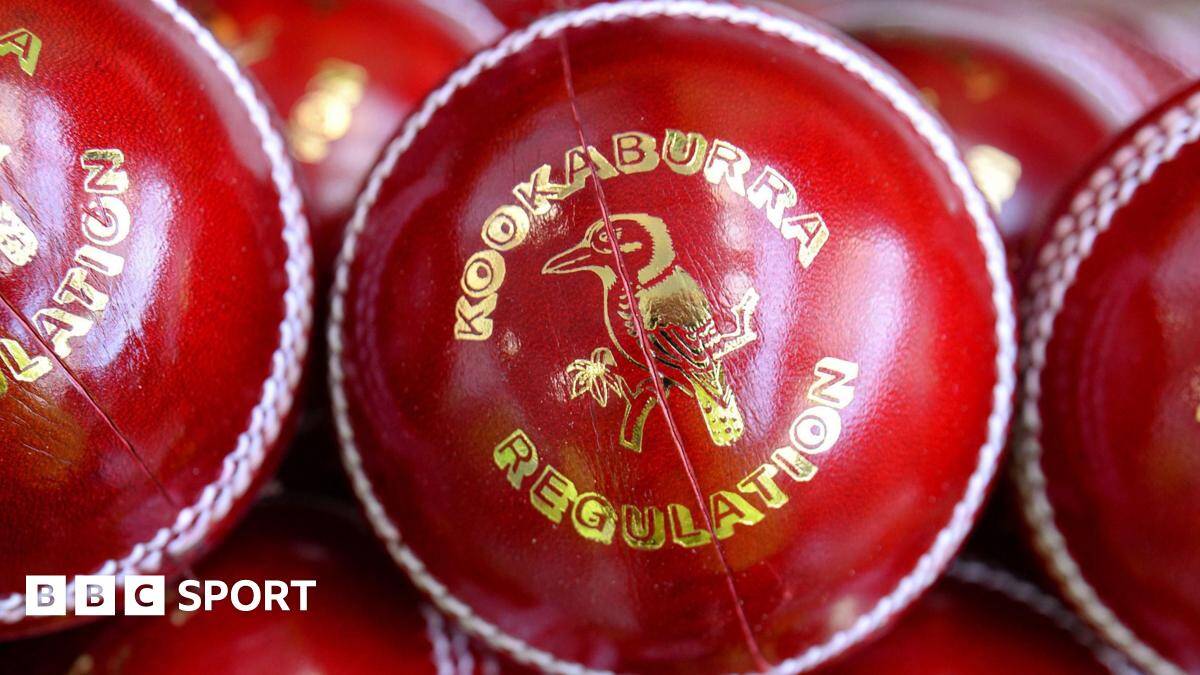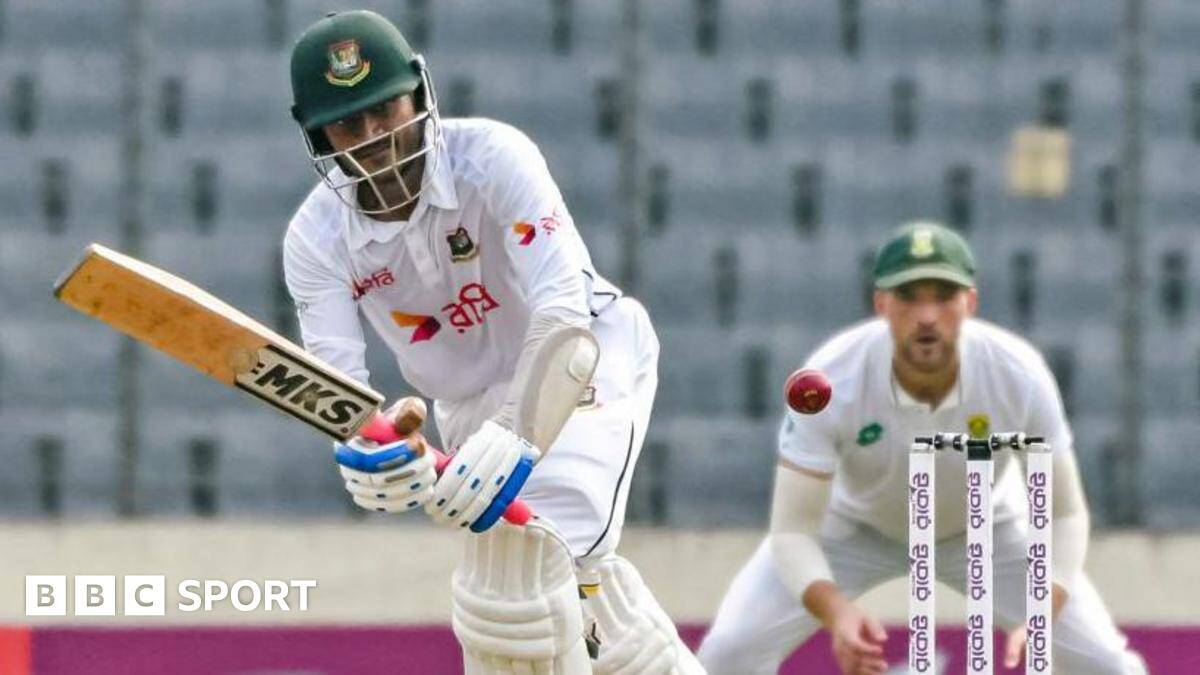'Sea legs meant I couldn't bowl' - when England travelled to Australia by boat
BBC | 11.11.2025 13:42
From the Ashes is a series of features and podcasts which dig deeper into stories from cricket's fiercest and most legendary Test series. Full interviews can be found on BBC Sounds, building up to ball-by-ball coverage of the first Test between Australia and England in Perth on 21 November.
Distance is a huge part of the Ashes romance - cricket's oldest rivals separated by 10,000 miles; half the world away, the ultimate sporting pilgrimage.
Ben Stokes and his England class of 2025-26 experienced Australian hostility as soon as they touched down. The captain was splashed across the front page of The West Australian on his arrival in Perth.
At least Stokes and his men travelled down under in ultimate comfort - airport lounges, business class, beds in the sky (perhaps not restful for Mark Wood, a terrible flyer).
For England players of the past – and Australians travelling the other way – an Ashes trip was undertaken by boat, meaning weeks and weeks at sea.
The modern cricketer would probably baulk at the prospect. By contrast, David Larter, part of the last England squad to reach Australia by ship on the 1962-63 tour, had a "dream" experience.
"You enjoyed being on a huge ocean liner like that, and the life it afforded while you were on there," Larter, now 85, tells BBC Sport.
"The Marylebone Cricket Club, in their wisdom, paid for us to travel first-class. We got a mixture of old millionaires taking in a bit of sun, and us. It was out of this world.
"It was a time for bonding. By the time we got to Perth, we had a coherent unit, ready to move as one."
Even the 1962-63 tour was not quite the gruelling expedition of previous Ashes journeys. The England squad flew part of the way, to Aden, where they met their vessel The Canberra for the remainder of the trip to Perth. In Larter's words, that meant "just" 10 days on the high seas.
Larter was only 22 at the time. Standing at 6ft 7in, he was a bowler of lively pace, capable of extracting hostile bounce. He played in the last Gentlemen v Players fixture in the summer of 1962 and made his Test debut later that year against Pakistan.
It was only two years after Larter had made his first-class debut for Northamptonshire. Before then, he worked in an insurance office. He was the youngest member of a squad led by Ted Dexter and containing bona fide greats like Colin Cowdrey, Ray Illingworth, Fred Trueman and Brian Statham.
England were looking to win back the urn after being beaten 2-1 on home soil in 1961.
Almost unfathomably, with the first Test not beginning until 30 November, England gathered in London more than two months earlier, at the end of September.
First the plane, then the ship - surrounded in Aden by local traders looking to cash in on the tourists. In Larter's biography, written by Richard Sayer, there is a tale of former BBC cricket correspondent and Test Match Special doyen Brian Johnston joshing with one salesman by attempting to negotiate a price for one shoe, rather than the whole pair.










